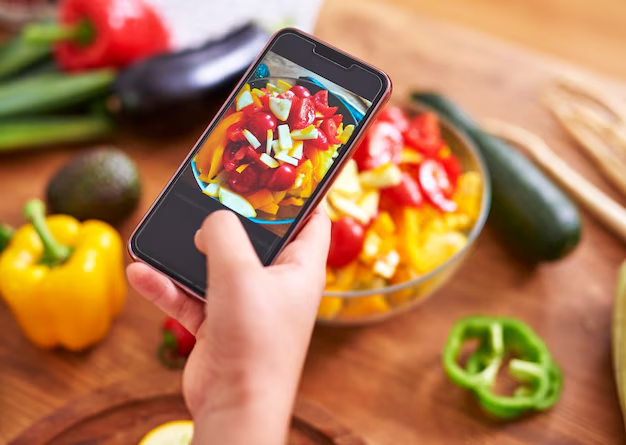Discover What SNAP Benefits Can Cover
Navigating the world of financial assistance can be overwhelming, but understanding the specifics of Supplemental Nutrition Assistance Program (SNAP) benefits can alleviate some of the stress. SNAP, formerly known as food stamps, is designed to help low-income individuals and families purchase essential food items. For those relying on this program, knowing what items you can buy is crucial to make the most of this support.
What SNAP Benefits Include
SNAP is structured to cover a wide range of food products aimed at fulfilling daily nutritional needs. Here’s a breakdown of what you can purchase using your SNAP benefits:
- Fruits and Vegetables: Fresh, canned, and frozen varieties are covered. This helps ensure you have access to essential vitamins and minerals.
- Meat, Poultry, and Fish: These protein sources are vital for a balanced diet.
- Dairy Products: Milk, cheese, yogurt, and other dairy-based foods are all included.
- Breads and Cereals: Whole grains and fortified cereals are encouraged to promote a healthy diet.
- Snack Foods: Items like chips, popcorn, and other snacks can be bought, though moderation is advisable.
- Non-Alcoholic Beverages: Juices, milk alternatives, and sparkling water fall under this category.
- Seeds and Plants: Surprisingly, you can also buy seeds and plants that produce food, facilitating home gardening and self-sustainability.
While SNAP benefits cover a broad array of food items, there are restrictions to be aware of. Items that are generally not covered include:
- Hot foods and prepared meals intended for immediate consumption
- Alcoholic drinks
- Tobacco products
- Non-food items such as pet foods, cleaning supplies, or paper products
- Vitamins and medicines
- Live animals except shellfish and fish that are part of a live market
Maximizing the Value of SNAP Benefits
Understanding the limitations and possibilities within SNAP can significantly impact your financial stability. Coupling SNAP with other aid programs can further alleviate financial burdens. For instance, together with SNAP, you might qualify for the Women, Infants, and Children (WIC) program, which targets nutritional needs for pregnant women and young children, or the Temporary Assistance for Needy Families (TANF), providing additional financial aid for basic family needs.
For those facing broader financial difficulties, seeking options like credit counseling, debt relief programs, and educational grants might be valuable. SNAP can be a practical starting point, but exploring diverse financial aid avenues can create a more stable financial environment.
Exploring Broader Financial Assistance Options
A multifaceted approach to financial security requires networking multiple support systems. Consider these additional programs:
- Debt Relief Programs 📉: Help reduce or restructure your debt, easing financial pressure.
- Credit Counseling Services 💼: Free or low-cost services help you manage debt.
- Educational Grants 🎓: Fund education endeavors to boost your earning potential.
- Energy Assistance Programs 🔌: Aid with utility bills, preventing service interruptions.
- Housing Assistance 🏡: Programs like Section 8 or local grants help with rent costs.
Getting to grips with SNAP benefits while simultaneously investigating other assistance programs can lay the foundation for a stronger financial future. Educate yourself on the available resources and forge a path toward economic stability.
